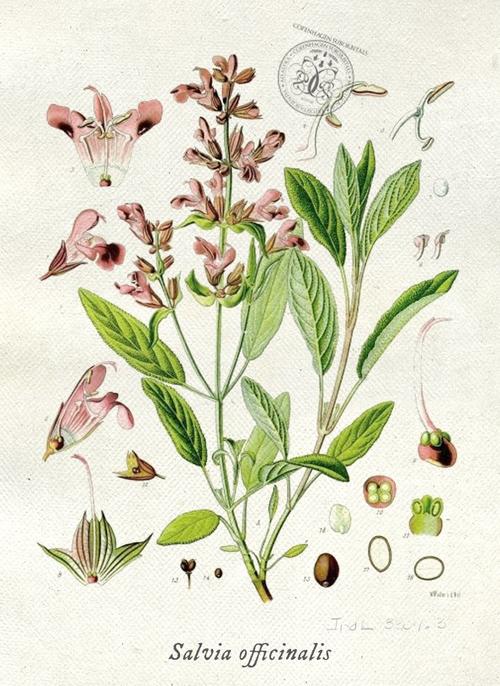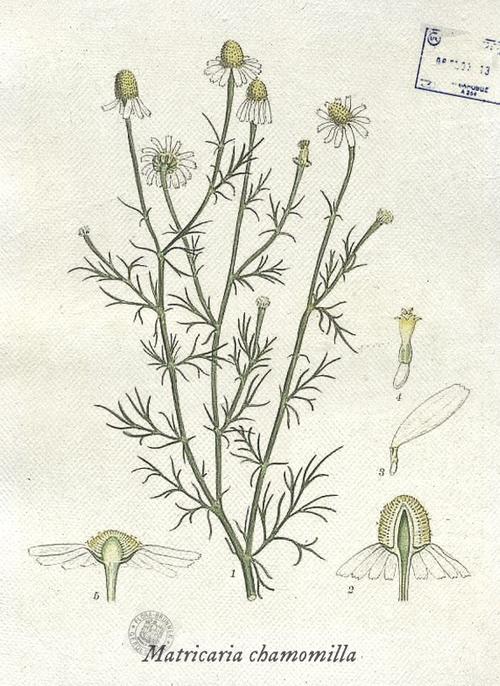Licorice Glycyrrhiza
The sweet-talking Monkey

Licorice root, or “sweet wood” (Süßholz) as it is called in German, is known not only for its medicinal properties, but also for its sweetness. In fact the German term for sweet-talking (Süßholz raspeln) translates literally as grating licorice root. While he was working on perfecting his unique recipe, Montgomery Collins – the forefather of Monkey 47 – could hardly have known that licorice would be selected as the medicinal plant of the year in 2012. However numerous records show that he himself was quite the sweet-talker (the diaries of Black Forest ladies frequently gush about a certain charming Monty). The plant’s effects in treating coughs, hoarseness and stomach problems were well known in Collins’ time. It is only natural that the juice extracted from the root of this legume is used to make licorice that not only tastes good but also has a medicinal effect that has been prized since in antiquity. In Great Britain, licorice was put to therapeutic use until sometime around 1760 when the pharmacist George Dunhill added sugar. From that point on, it also became popular as a sweet (with therapeutic qualities that are also worth mentioning).
The licorice plant reaches a height of up to two meters, with its woody, yellow roots forming an extensive underground system including many runners. Its pinnate leaves, comprised of numerous heart-shaped leaflets, alternate along the stem. A member of the pea family, the plant produces blue-violet flowers from June to July in the Mediterranean region and in western Asia. This explains why licorice is especially popular in coastal regions such as France, northern Italy, Scandinavia and England. Although the Black Forest is not a traditional coastal region, the local monkeys love the unmistakable taste of licorice just the same and can hardly resist licorice juice. Cheers!




















